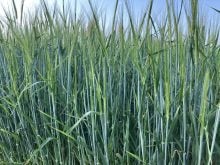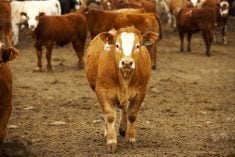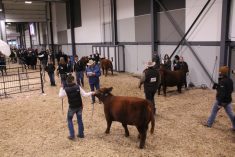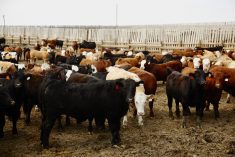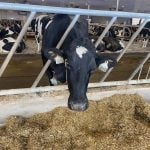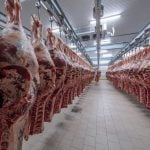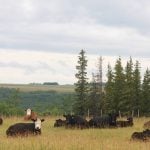Fed cattle
The cash market in the U.S. has seen significant gains, with prices reaching highs not seen since 2015. However, in Canada, ample market-ready supply coupled with recent packing plant labour issues kept a lid on local prices and led to a wider than historically normal basis. A huge shift in basis took place through the fall, from a positive basis position through the first half of 2021 to the widest basis seen since the COVID backlog in the summer of 2020. At the end of the first full week of December, the cash-to-cash basis was -$13.45/ cwt, which was $8.87/cwt wider than the same week in 2020 and over $15/cwt wider than the five-year average.
The average fed steer price was $164.35/cwt on December 10, which is $27.25/cwt higher than the same week in 2020 and more than $15/cwt higher than the five-year average. Although the fed cattle average is higher than recent years, the increased input costs, including record-high cost of gain, have kept feedlots operating in the red through much of 2021. Early placements of yearlings as grass conditions deteriorated throughout the summer, coupled with a mild winter, created a larger supply of market-ready cattle at the end of 2021 and early 2022 than expected.
Read Also
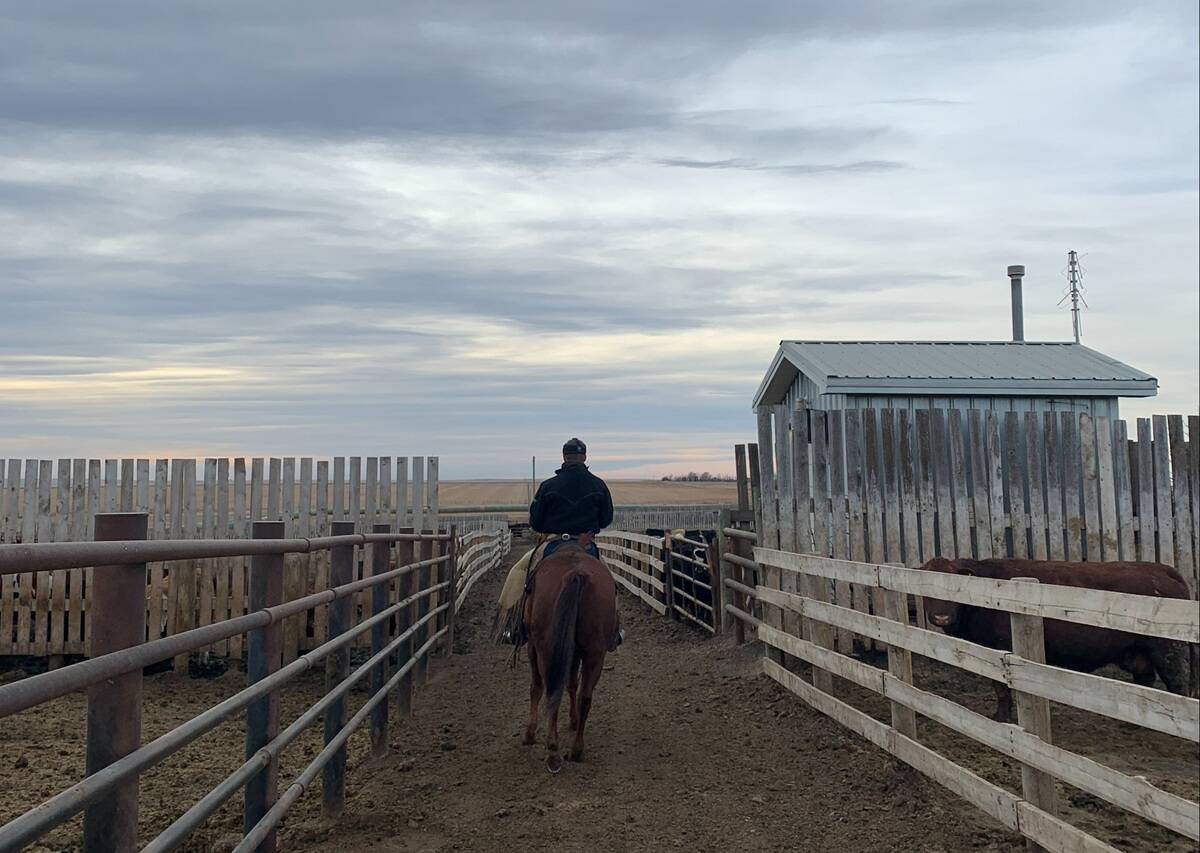
Pen riders still better than tech at detecting respiratory disease in feedlot cattle, says researcher
Recent research found that pen riders are better than tech at flagging signs of BRD in feedlot cattle
Domestic slaughter is ahead of a year ago; however, when comparing to 2020, we must remember the slaughter interruptions resulting from the coronavirus. As of December 4, steer slaughter was up seven per cent from a year ago at 1,715,844 head, while heifer kill was up 10 per cent at 894,280 head. Exports of live fed cattle to the U.S., including cows, were at 404,806 head, down 11 per cent when compared to a year ago.
Deb’s outlook for fed cattle: In Canada, high numbers of early placed feeder cattle have seen favourable feeding conditions, creating a larger-than-typical number of market-ready cattle for this time of year. Labour issues seem to be resolved at packing plants, which should keep kill capacity active as these cattle move through the system. The start of 2022 could see a wide basis and increased fed cattle exports as we work through the larger front-end supplies; however, as supplies tighten, fed cattle prices will improve later in the first quarter.
Feeder cattle
The early start to the fall feeder run left November and December auction market volumes much lighter than typical. The record-high feed cost, coupled with continued negative margins, limited any upward movement through November. Since the fall low in late November, the 550 lb. feeder price has improved by $6.82/ cwt to a December 10 average of $210.60/cwt.
The cost-of-gain disadvantage in Canada has widened the basis level on 850 lb. feeder cattle, as the U.S. market has not seen the same pressure as the Canadian feeder cattle. In mid- December, the 850 lb. feeder basis average was -$33.55/cwt, the widest seen since 2015. Heavier feeder prices are moving in a positive direction, with the average for the week ending December 10 at $181.10/cwt, an improvement of $3.39/cwt from just two weeks ago and up $5.50/cwt from the same week in 2021.
A wide basis generally encourages U.S. buyers and while exports have picked up significantly compared to a year ago, they are still lower than previous years. Canada has been a net importer of feeder cattle the last couple of years and 2021 to the end of October saw 250,000 more feeders imported than exported. However, the extremely wide basis will signal a shift in cattle movement as we end 2021 and begin 2022. Feeder exports totalled 124,671 head in late November, which was up 13 per cent from 2020 but still under the long-term average.
Deb’s outlook for feeder cattle: Feeder cattle strength is limited in the near term as feedlots wait for supplies to tighten and packer bids to increase. As well, pressure remains as cost of gain is still historically high. In the U.S., the stronger fed cattle prices should encourage pen replacements and the weak basis will increase export interest in the local feeder market. The start of 2022 will likely see solid prices on light volumes. Prices should improve to meet the optimism seen in the forward technical markets.
Non-fed Cattle
D1,2 cows have traded at an export floor as packers in Canada have been working on processing the ample numbers of market-ready fed cattle in Canada. The fall low at $60.90/ cwt was the lowest D1,2 cow price since 2011. Large fall volumes slowed and prices gained over $10/cwt to average $71.50/cwt the first full trading week in December. That is an improvement over the same week last year of $1.30/cwt; however, it is still down $8.80/cwt from the five-year average.
The increase in D1,2 cow prices slowed cow exports. Cow slaughter numbers in Canada are 12 per cent above last year at 416,339 head, although it should be noted last year was a small cow marketing year due to many COVID-related disruptions.
Butcher bull prices have also seen some improvement in recent weeks, up $1.57/ cwt since the end of November to an average at $98.68/cwt on December 10. Exports of slaughter bulls to the U.S. are down 12 per cent in 2021, with 34,464 head exported as of late November. Meanwhile, domestic slaughter is 36 per cent higher at 16,447 head through the first 11 months of the year.
Deb’s outlook for non-fed cattle: Demand for grinding and trim meats remains strong and while the increased D1,2 cow price has reduced some U.S. interest, weekly exports are still above a year ago. In addition, resolved labour negotiations at local packing plants will allow for more aggressive procurement of non-fed cattle moving forward. Fundamentally, as we start the new year, the strong seasonal pattern of increasing cow prices should be seen. However, the upside may be limited until the larger fed numbers that resulted from drought placements work their way through the system.



